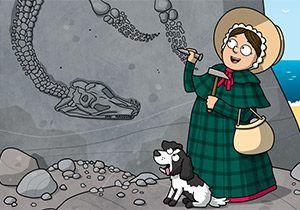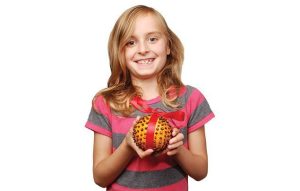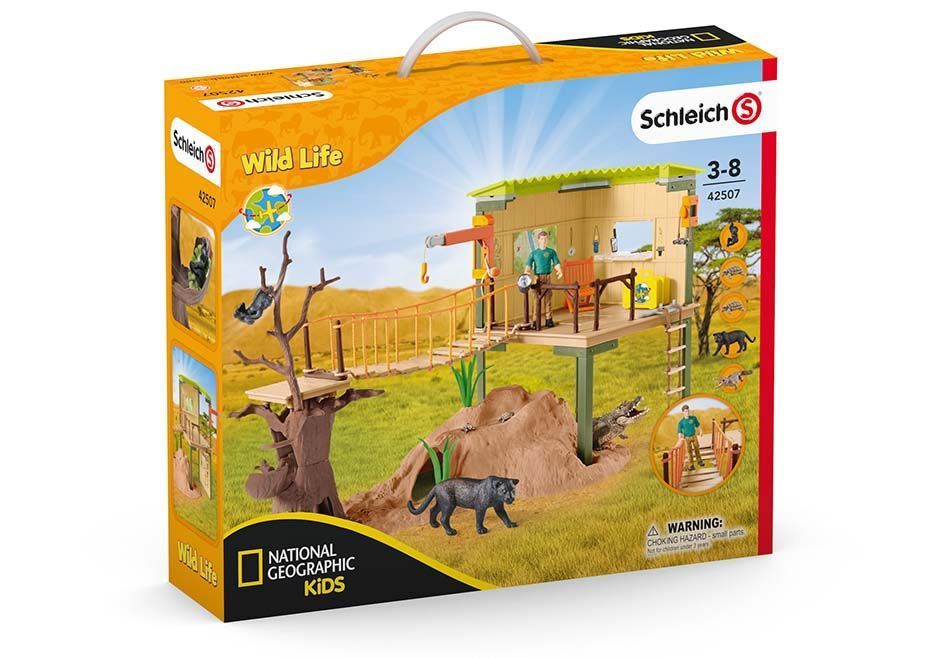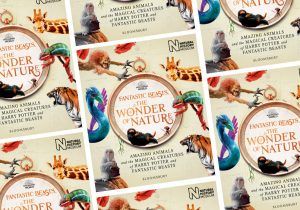
Shapes primary resource: Maths art
Learn how to use lines to create shapes and patterns
This primary resource helps with the teaching and learning of geometry criteria relating to properties of shapes and position and direction. What shapes can the children draw? Can they create a pattern of triangles? Can they trace all the lines of the shapes correctly?
Pupils will learn about using lines to create shapes and patterns in this extract from the book: This is Not a Maths Book by Anna Weltman, published in National Geographic Kids.
The teaching resource can be used as a printed handout for each pupil to work on individually, or as a resource sheet in study group tasks related to geometry.
Activity: Ask children to identify how many segments the circle has been divided into. Can they write this as a fraction? What fraction of the circle already has a pattern in it? Pupils should complete the ‘Crazy curves’ task. Can they recognise any shapes or angles in their patterns? Pupils could use the ‘Tiny triangles’ task to think more about right angles, shapes, position and direction and discuss their patterns with a group of peers. How did they create their pattern? What shapes can they see within it? Did they make the shapes on purpose?
N.B. The following information for mapping the resource documents to the school curriculum is specifically tailored to the English National Curriculum and Scottish Curriculum for Excellence. We are currently working to bring specifically tailored curriculum resource links for our other territories; including South Africa, Australia and New Zealand. If you have any queries about our upcoming curriculum resource links, please email: schools@ngkids.co.uk
This Maths primary resource assists with teaching the following Key Stage 1 Maths objectives from the National Curriculum:
- At this stage, pupils should develop their ability to recognise, describe, draw, compare and sort different shapes and use the related vocabulary.
Pupils should be taught to:
- recognise, find and name a half as one of two equal parts of an object, shape or quantity
- recognise and name common 2-D shapes [for example, rectangles (including squares), circles and triangles]
- describe position, direction and movement, including whole, half, quarter and three- quarter turns.
- identify and describe the properties of 2-D shapes, including the number of sides and line symmetry in a vertical line
- order and arrange combinations of mathematical objects in patterns and sequences
- use mathematical vocabulary to describe position, direction and movement, including movement in a straight line and distinguishing between rotation as a turn and in terms of right angles for quarter, half and three-quarter turns (clockwise and anti- clockwise).
- Pupils should work with patterns of shapes, including those in different orientations.
- Pupils use the concept and language of angles to describe ‘turn’ by applying rotations, including in practical contexts (for example, pupils themselves moving in turns, giving instructions to other pupils to do so, and programming robots using instructions given in right angles).
National Curriculum Lower Key Stage 2 Maths (Year 3) objectives:
- Teaching should also ensure that pupils draw with increasing accuracy and develop mathematical reasoning so they can analyse shapes and their properties, and confidently describe the relationships between them. It should ensure that they can use measuring instruments with accuracy and make connections between measure and number.
Pupils should be taught to:
- draw 2-D shapes
- recognise angles as a property of shape or a description of a turn
- identify right angles, recognise that two right angles make a half-turn, three make three quarters of a turn and four a complete turn; identify whether angles are greater than or less than a right angle
- identify horizontal and vertical lines and pairs of perpendicular and parallel lines.
National Curriculum Lower Key Stage 2 Maths (Year 4) objectives:
- Teaching should also ensure that pupils draw with increasing accuracy and develop mathematical reasoning so they can analyse shapes and their properties, and confidently describe the relationships between them. It should ensure that they can use measuring instruments with accuracy and make connections between measure and number.
Pupils should be taught to:
- compare and classify geometric shapes, including quadrilaterals and triangles, based on their properties and sizes
- identify acute and obtuse angles and compare and order angles up to two right angles by size
- identify lines of symmetry in 2-D shapes presented in different orientations
- complete a simple symmetric figure with respect to a specific line of symmetry
- describe positions on a 2-D grid as coordinates in the first quadrant
- describe movements between positions as translations of a given unit to the left/right and up/down
National Curriculum Upper Key Stage 2 Maths (Year 5) objectives:
Pupils should be taught to:
- identify, describe and represent the position of a shape following a reflection or translation, using the appropriate language, and know that the shape has not changed
This Maths primary resource assists with teaching the following Numeracy and mathematics Early level objectives from the Scottish Curriculum for Excellence:
- I have spotted and explored patterns in my own and the wider environment and can copy and continue these and create my own patterns
- I enjoy investigating objects and shapes and can sort, describe and be creative with them
Scottish Curriculum for Excellence First level Numeracy and mathematics objectives:
- I can continue and devise more involved repeating patterns or designs, using a variety of media
- I enjoy investigating objects and shapes and can sort, describe and be creative with them
Download primary resource
More Like

Mary Anning facts

How to make a Christmas pomander

WILD LIFE RANGER ADVENTURE STATION









LEAVE A COMMENT
THANK YOU
Your comment will be checked and approved shortly.
WELL DONE,
YOUR COMMENT
HAS BEEN ADDED!
COMMENTS
this is helpful and great way for me to learn new things every day and id great and useful to me thank you nat geo kids.
CUSTOMIZE YOUR AVATAR